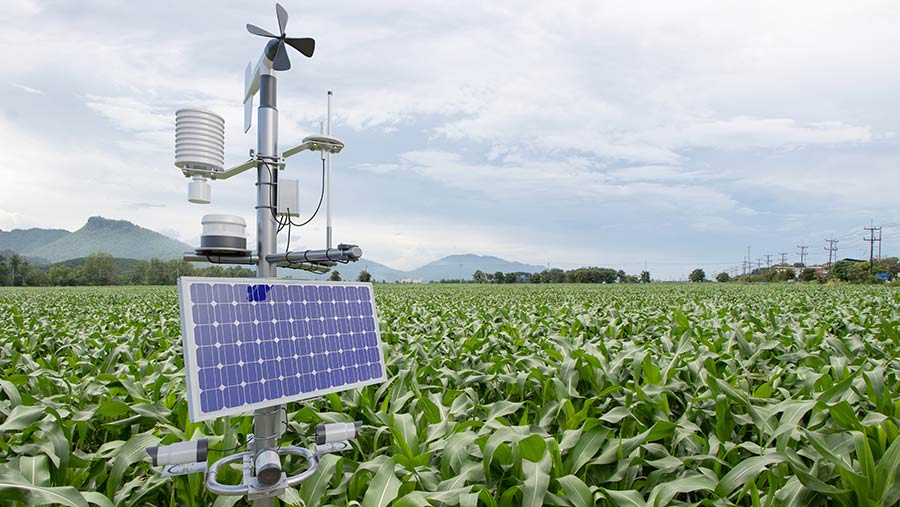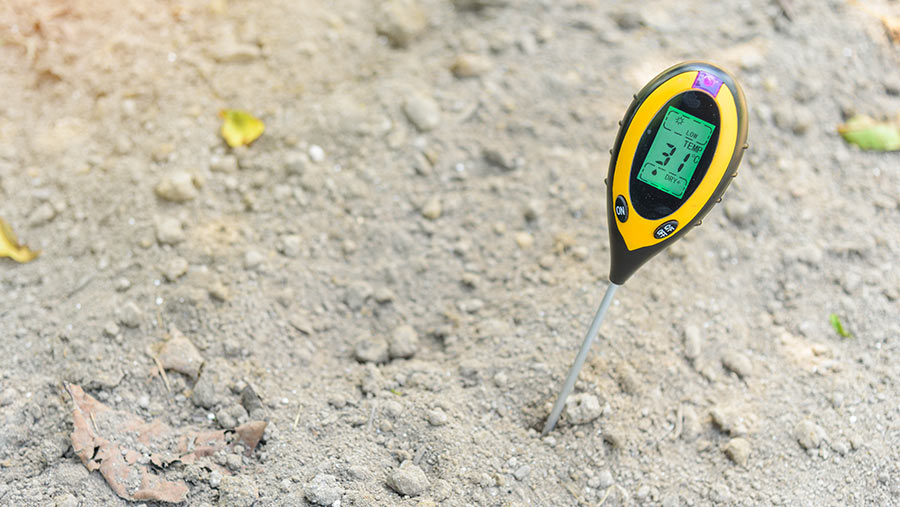How to use data wisely to inform your dairy business choices
 © Kinwun/Adobe Stock
© Kinwun/Adobe Stock Dairy farm technology can save time, automate practical tasks, or record more data, accurately and more often. But to improve farm profit through saving – or making – money requires using tools to make better business decisions.
New technology does not necessarily tell the business how much a cow is earning. This makes it hard to calculate the payback on investment.
“You need to look at the correct information, or you won’t make the right decisions,” says LIC consultant Sean Chubb.
See also: 7 ways to make the most of milk recording data
Essentials, where technology can help get the right information to improve management, are weighing growing stock and recording milk yield, says Sean.
“Weighing is a must as it allows you to allocate the correct amount of medicine [when needed] and ensure that heifers calve at 90% of their mature bodyweight.
“This has effects on lifetime fertility and production. You can get a return on your investment,” he explains.
Business owners who rely on measuring “by eye” or say they do not have time to weigh animals are assuming that all animals in a group are growing at the same rate, he points out.
“They can’t pick up the top and bottom 10% of heifers and whether they have moved up or down in growth. They don’t see them going backwards while the whole mob is growing forwards.”

© Rukawajung/Adobe Stock
Income influencers
Milk yield and solids production are important because they influence income.
Sean says identifying which cows produce more from the same feed is important to help in breeding and culling decisions. He also thinks soil testing is another area for focus.
While it is possible to spend £1,000 on a wireless weather station that can measure soil temperature (as well as moisture, humidity and wind speed), linking data to a phone app, Sean says a £5 meat thermometer from the supermarket does the job just as well.
“It helps to look at the soil temperature when putting nitrogen on and change the timing of application accordingly.
“You want to move the response rate [the amount of grass grown from a kilo of nitrogen] from five to one to 10 to one – so spread nitrogen when the grass is actively growing,” he says.
There is a difference between recording information and being able to analyse it. Satellite technology, for instance, can replace the grazing walk to measure growth rates.
But it is still necessary to walk paddocks at least once a month to check for sward condition and damaged infrastructure.
Choice of software
“You need grazing software to collate the measurement data and make those decisions on whether to turn out or shut up paddocks.
You need good interpretation and analysis,” says Sean. He advises business owners to choose herd data management programs they find easy to use and can navigate round.
However, making best use of management data needs time. If everyone on the farm is too busy working, they will not have an opportunity to analyse their information or be able to respond quickly to problems.
“Don’t spend money on technology if you don’t have time to look at the data. Spend money wisely: get information about how the item will affect your business.
“Work out whether the cost will be a benefit for you and quantify it for your herd. Talk to other users for feedback: some things are not so easy to implement when at home.”
